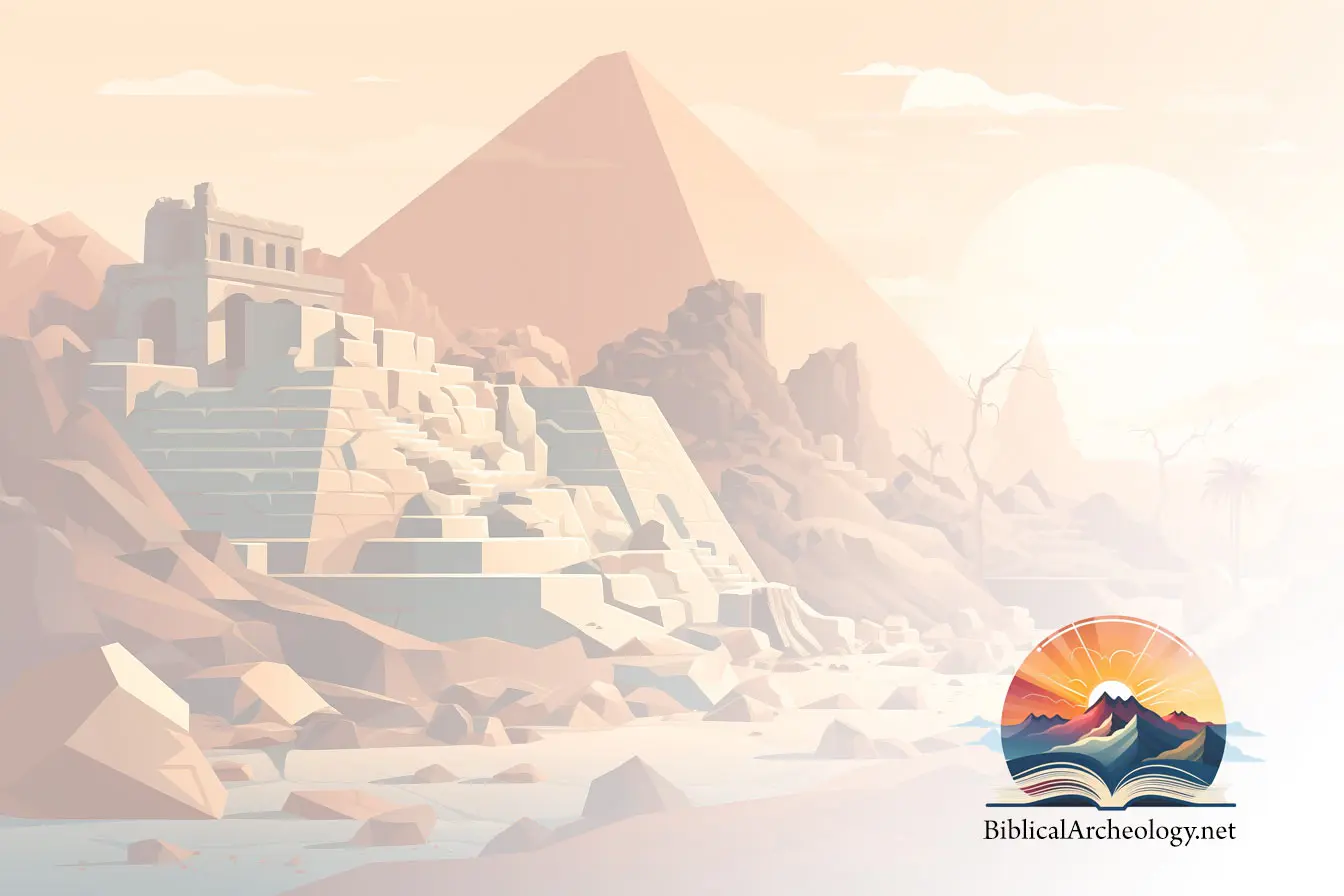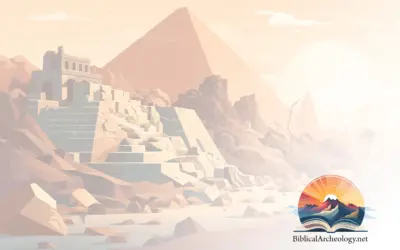Excavations in the central delta region of Egypt are turning up a series of exciting finds in a newly discovered Old Kingdom cemetery near Tel el-Rabee, ancient Mendes. This was the place mentioned in our December 1999 issue of Diggings that was the perfume trading centre of ancient Egypt. Mendes was the capital of Egypt during the 29th Dynasty (399-380 BC) but the earliest mastabas in the necropolis go back to the First and Second Dynasties.
As is usual when excavating a cemetery, the objects found depend upon the tomb: a pharaoh or a nobleman might be buried with hordes of ushabtis and complete sets of furniture and household goods, whereas a poor man might only have a couple of pots and a pair of sandals. Nonetheless, these simple everyday objects can provide a wealth of information on the daily life of their erstwhile owners.
An example of this is the decoration on the fine pottery vessels that are being discovered. Some pots bear the symbol of the fish god Hat Meheit, a major deity in this delta region where fishing was one of the important “industries” of the area.
More exciting is the discovery of a fine slate palette 31 cm long, which bears echoes of the more famous Narmer Palette now in the Cairo Museum. That palette is supposed to be a victory symbol carved to commemorate the conquest and unification of Upper and Lower Egypt and set up in a royal sanctuary. To show the new unity of the country, two mythical creatures with long necks are depicted on one side, their necks entwined around a circle where – at least in theory – cosmetics could be ground up.
The new palette was broken in four pieces – which in itself might seem to indicate that it was not buried, but was set up in a public place where it could suffer damage – and it would seem that a corner from the top is still missing. An elongated palm tree runs up one side of the scene while gazelles graze along the other. In the middle stand two mythical creatures (or possible giraffes!) with elongated necks which circle around a central area.
The parallels with Narmer’s Palette are obvious and it is possible that this may ave served the same purpose – to commemorate the new national unity which that pharaoh achieve.
One of the most remarkable finds, however, is a long curved knife, 52 cm long, bearing the serekh of Den, the fourth pharaoh of the First Dynasty. (The serekh was the rectangular shape containing royal names which subsequently became the oval cartouche more familiar to us.) A falcon representing the god Horus sits on top of the serekh, probably indicating the power and strength of the king.
This, in itself, would be remarkable enough, for inscriptions from that early period are not all that common, but it is the knife itself that first caught my eye. In appearance it looks like a large chopping knife with an integral handle, such as might be found in any kitchen, though rather larger than most! However the knife is made entirely out of a single piece of flint, the blade finely flaked to produce the flat surfaces. The handle, however, is neatly squared, which would seem to indicate that it was cut in some way – yet flint is the hardest and most brittle of materials after diamond. It is the only material apart from diamond which will scratch glass!
One question which either has not yet been addressed or is still under investigation is why this particular area should have been used as a burial ground for so long. At Abydos the continued use of the necropolis was due to the sacred associations of the area. Whether there is any such association with this 230 acre site has yet to be discovered.
Article used with permission of Diggins Online. You can find more useful material at Apologtetics Courses, Free Courses and Brethren Assembly. Secular materials can be found at Coins Encyclopedia and Guide For Income


